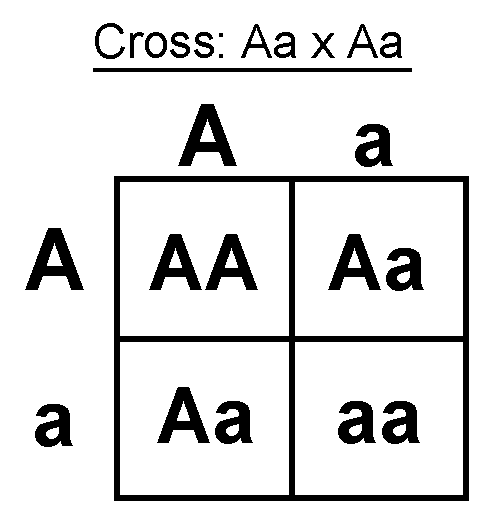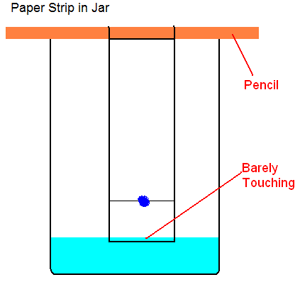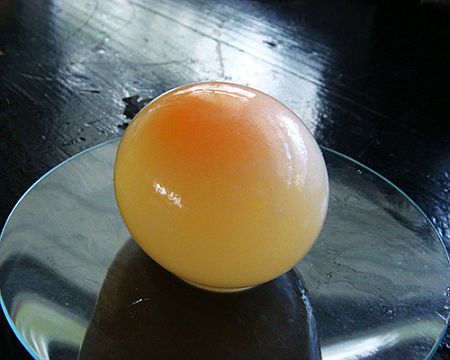Boo! Hey everybody! Hope y'all had a good halloween. I know I did. Tell me about how your halloween was in the comments. I would love to hear about it. Anyway. We are studying heredity and genetics right now. So interesting. On


my last test I think I got like an 89. Ugh. I should have studied a lot more than I did. Thats always a problem for me. I wait until the last possible moment to do things, and then I do a really bad job. Well jokes on me. Remember, procrastinating get you nowhere. But enough of my pity party. I think I understand the material for this chapter fairly well, and I should because it is one of the events I am doing for Science Olympiad. This is the first year that I am doing it, and I am doing events that I know really well. I am participating in Road Scholar, which is studying maps, heredity, or the study of what traits you get from your parents, and water quality, which is PH level, soil content, and pollutants. I am so excited! We did some really fun halloween labs on Thursday, and we had Friday off. But right now, I am going to do some quick vocab for you.
Heredity- The passing of traits from parent to offspring
Trait-A characteristic that and organism can pass onto it's offspring through it's genes
Genetics- Scientific study of heredity
Fertilization- The joining of a sperm and an egg
Purebred- The offspring of many generations that have the same traits
Gene- The set of information that controls a trait; a segment of DNA on a chromosome that codes for a specific trait
Alleles- The different forms of a gene
Dominate Alleles- An allele whose trait always shows up in the organism when the allele is present
Recessive Allele- An allele that is masked when a dominate allele is present
Hybrid- An organism that has two different alleles for a trait; an organism that is heterozygous(don't ask me how to pronounce that) for a particular trait
The Halloween Goo lab:
Materials
- Borax
- Liquid glue
- Water
- Large cup
- Small cup
- 2 spoons
- Food coloring
Procedure:
- Dump all the glue into the large cup
- Go over to a sink and fill the glue bottle(s) up and screw on the cap. Shake it until all the glue is off the side then pour the water into the cup with the glue.
- Fill the small cup with water
- Spoon some borax into the small cup and stir until most of it dissolve. It doesn't have to be perfect.
- Next, pour the borax mixture into the glue mixture and stir.
- After it is nice and gooey, you can add some food coloring. Stir in in with a spoon.


























